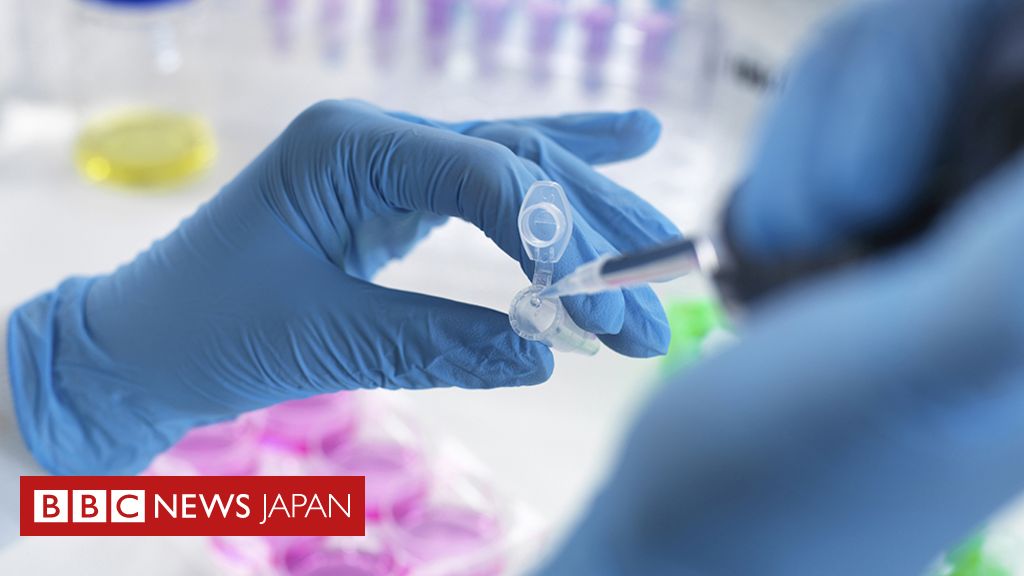合成ヒト胚モデルの利用法
イスラエル・ワイツマン科学研究所のJacob Hanna博士の研究チームが、実験室で培養した幹細胞からヒト胚のモデルを作成し、子宮の外で14日目まで成長させることに成功しました。この合成胚モデルは、胎盤、卵黄嚢、絨毛膜嚢、さらに他の外部組織を含む、この段階に特徴的なすべての構造を持っているということです。
9月7日、BBCの英語ニュースを聴いていたら、トップで報道していたニュースですが、日本語ニュースにもなっています。
Oldak, B. et al. (2023) Complete human day 14 post-implantation embryo models from naïve ES cells. Nature https://doi.org/10.1038/s41586-023-06604-5
実は、この論文、去年の秋には、bioRxivにプレプリントとして掲示されていましたので、査読後、雑誌掲載で改めてニュースになったという感じです。タイトルや文章が少し変わっていますが、Nature誌の場合、編集過程で変更されることがしばしばあります。
既にマウスを使っての応用研究は実施されており、こういう記事のソースにもなっています。
幹細胞から人工胚、「最高の臓器プリンター」目指すイスラエル企業
RenewalBioというのが、このイスラエル企業です。
また、別のグループも昨年、同様な学会発表を行っており、その報道がありました。
BBCの報道では、このような合成胚モデルの利用法について、以下のように説明しています。
胚モデルについては、科学者たちがさまざまな種類の細胞がどう出現するのかを説明したり、体の器官を作る最も初期の段階を観察したり、遺伝性の疾患について理解を深めたりすることに役立つことが期待されている。
また、このような合成胚モデルは、移植組織や臓器を作るための新しい方法に利用できる可能性があります。さらに、本物の胚では実行できない実験、たとえば薬物やその他の物質への曝露が胎児の発育に与える影響を調べることができるようになるかもしれません。
幹細胞から作った分化細胞を用いる様々な研究や治療法の開発は既にいろいろな形で行われてきていますが、これまでとは違った種類の細胞や組織を作ったりすることができるようになるということです。
この研究を行っているJacob Hanna博士は、上のTechnology Reviewの記事では、「妊娠40日から50日に相当するヒト胚の人工モデル」が目標とも語っています。本物のヒト胚の場合、14日以上のヒト胚をどう扱うのかという倫理的な問題が関わってきます。
しかし、今回の胚モデルは、幹細胞から作ったモデルであって、本物のヒト胚ではありません。
一方、幹細胞から脳のような組織を作る「ヒト脳オルガノイド」、ヒト細胞を実験動物に移植して脳組織を作らせた場合、「意識」を持つ可能性なども議論されています。
「妊娠40日から50日に相当するヒト胚の人工モデル」から、移植に使える細胞を採取して治療に利用するということをどう考えたらよいのでしょうか。カズオ・イシグロの「Never Let Me Go」みたいな世界はあまり想像したくないです。
【Twitter】 https://twitter.com/yamagatm3
更新の通知を受け取りましょう































投稿したコメント